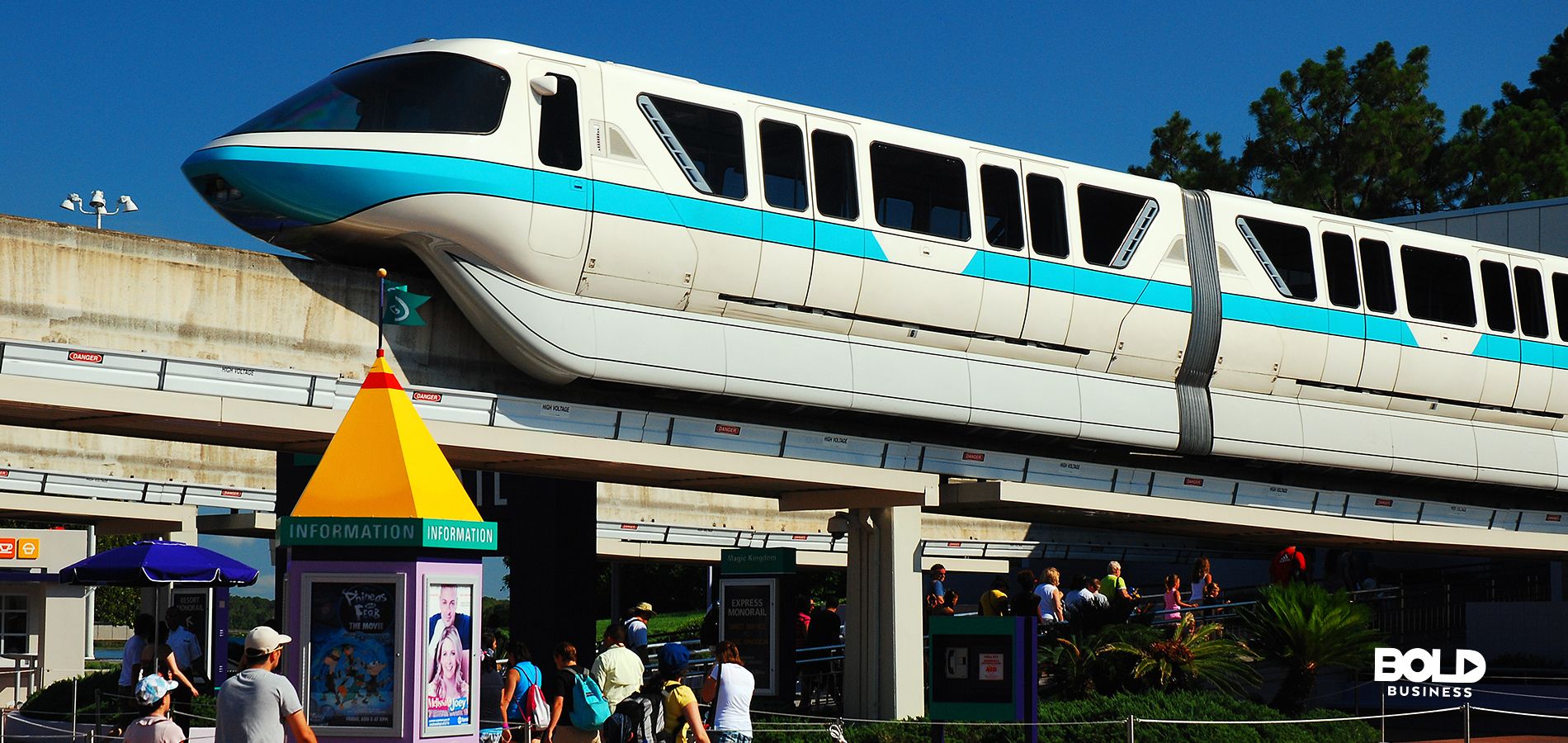Last February, Carrier Corp., a unit of United Technologies, said it would shutter its Indianapolis plant employing 1,400 workers and move its manufacturing to Mexico. The plant’s workers would have been laid off over three years starting in 2017. United Technologies Electronic Controls also announced then that it planned to move its Huntington manufacturing operations to a new plant in Mexico, costing the northeastern Indiana city 700 jobs by 2018. Those workers make microprocessor-based controls for the HVAC and refrigeration industries.
Carrier wasn’t the only company Trump assailed during the campaign. He pledged to give up Oreos after Nabisco’s parent, Mondelez International, said it would replace nine production lines in Chicago with four in Mexico. He criticized Ford after the company said it planned to invest $2.5 billion in engine and transmission plants in Mexico.
Recently President elect Trump scored a big win by speaking directly to Carrier’s parent company saying “it’s important to keep jobs here.” His jawboning United Technologies saved some 1,400 jobs by convincing the company not to relocate its plant in Mexico. But jawboning alone is not going to bring back jobs that are lost through globalization and advances in technology that have fundamentally changed how markets operate.
Curiously, the mainstream press did not report why companies such as United Technologies, have been induced to move plants out of the U.S. in the first place. One of several hidden drivers of such decisions is the regulatory and tax burden U.S. companies face. In Carrier’s case the company is mandated to produce certain levels of efficiencies in its air conditioners and HVAC units. These units must maintain the same standard of efficiency —in this case 92 percent –regardless of where it is used. So what is required in California isn’t necessary for Texas or Michigan yet the per unit cost to maintain a high uniform standard becomes prohibitive particularly when a U.S. plant must compete with competitors with lower cost plants in Mexico or South Korea.
In short, the one size fits all regulatory model that the federal government imposes on manufacturers forces companies into difficult trade-offs such as transferring production elsewhere. The fact that the minimum wage in Mexico is $4.19 an hour compared with the $23 an hour that Carrier’s union employees earn does not help. But wage differentials alone are not the most significant measure that affects make or buy decisions. Productivity matters more and the use of advanced technology in today’s manufacturing environment is what makes the biggest difference. According to non-profit advocacy group the Reshoring Initiative, offshoring resulted in a net loss of approximately 220,000 manufacturing jobs from 2000 to 2003. However, according to the group, the country added roughly as many jobs due to foreign investment and reshoring as it lost to offshoring last year. Some of the largest U.S.-based companies, likely for both public relations and practical reasons, have begun building factories domestically for operations that would likely have gone overseas a few years ago.
Many people regard regulatory costs as primarily a business problem. But, the costs of excessive regulation inevitably are paid by consumers in the form of higher prices and fewer product choices. Virtually every product and service—from toilets and television sets to health care and the Internet—costs significantly more because of the government’s expansive compendium of dos and don’ts. The regulatory excesses have also swelled the ranks of bureaucrats and the federal budget.
In the seven years of the Obama Administration, new major regulations increased regulatory costs by more than $100 billion a year, according to the Cato Institute. Beyond these direct costs, these excessive rules hinder job creation and innovation while undermining Americans’ fundamental freedoms. The coming of the new administration will hopefully reverse this disastrous course. But it cannot come through jawboning alone. In his Gettysburg speech earlier this year, Trump called for the elimination of two existing federal regulations for every one that is enacted. Let’s hope he holds to this pledge.






